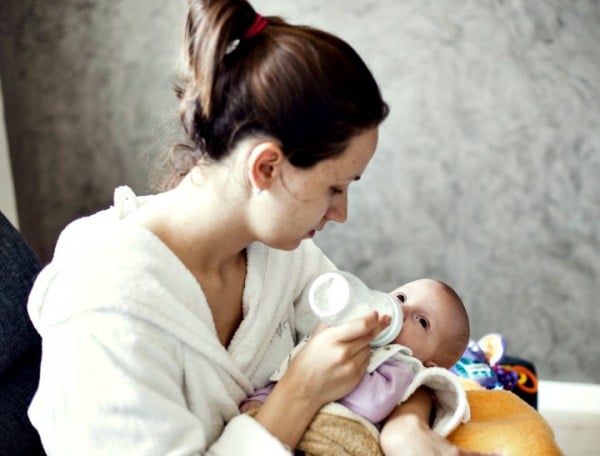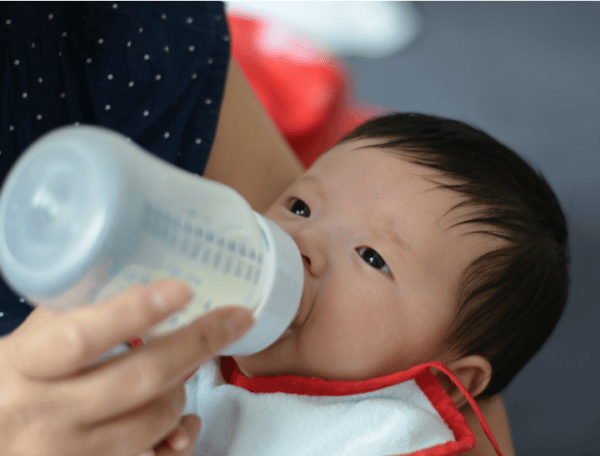
A colleague of mine recently undertook the monumental task of purchasing everything she needed for her new (and first) baby’s nursery.
She recalls standing in a popular baby store, feeling completely overwhelmed by the seemingly endless amount of prams, cots, monitors, car seats, nappy bags, high chairs, bouncers, toys, wipes…and having to pick which one is best for her baby. A baby she hasn’t even met yet.
Fortunately, my colleague is a smart woman, and had done her research about which products have high safety ratings, which products are best-sellers, she had read up on past product recalls. She really had done all her homework.
There seems to be an endless amount of consumer-focused resources for new mothers, enabling them to make informed choices about which products they buy.






























































































